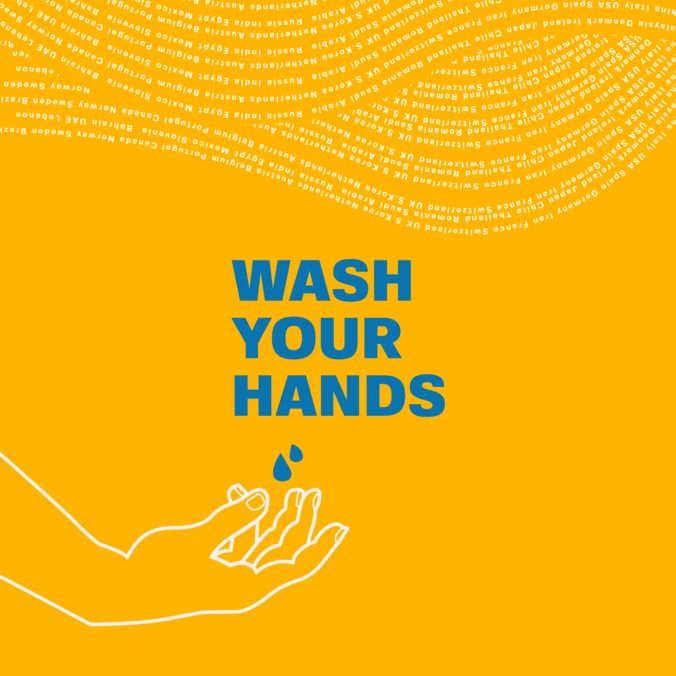For the first time in a long time, the United States has entered a new era of cleaning. The fear of the coronavirus has Americans cleaning and cleaning again. During uncertain times, it’s more important than ever to be confident in the safety of the places where you live, work, send your children to school, and receive medical care.
What’s the difference between cleaning, disinfecting, and sanitizing?
- Cleaning: Physically removes germs, lowering their numbers.
- Disinfecting: Kills germs using chemicals, but does not necessarily clean dirty surfaces or physically remove germs from the surface.
- Sanitizing: Lowers the number of germs to a safe level defined by public health standards and is achieved by either cleaning, disinfecting, or a combination.
Know your cleaning products and techniques
- The EPA has created List N: Disinfectants for use against SARS-CoV-2. You can look up different cleaning products by its EPA registration number. You can check here: https://www.epa.gov/pesticide-registration/list-n-disinfectants-use-against-sars-cov-2
- Always follow the label directions. Be sure to adhere to dwell time or contact time listed on the label. Dwell time or contact time is the amount of time the object you are disinfecting must remain visibly wet for it to properly be effective. These can vary between products significantly.
- A disinfectant is more effective on a clean surface, therefore, it is always best practice to clean the surface first, then apply a disinfectant.
- It is best to fold your towels into neat squares, do not ball them up when cleaning.
- It is best to spray the cleaner or disinfectant onto the towel and not the object.
- It is best to always wipe in one direction and overlap your wipes.
What should you clean and disinfect?
High touch and horizontal surfaces. The virus can live on certain surfaces for an extended amount of time. High touch surfaces would be doors, doorbells, mailboxes, light switches, refrigerator handles, etc., as well as horizontal surfaces people are most likely to touch, which include countertops, desks, vanities, etc.
How can I keep myself and others safe?
- Wash your hands often, scrubbing for at least 20 seconds using hot water and soap.
- Do not touch your mouth, nose, or eyes with unclean hands.
- Wear a mask. Masks are primarily for the protection of those around you working by trapping your respiratory droplets from talking, coughing, and sneezing that may transmit the virus to others. It also may serve as a physical reminder not to touch your mouth with your hands.
When in doubt, you can always call a professional cleaner. A legitimate cleaning professional should always know their cleaning products, dwell times, and techniques to avoid cross contamination, so be sure to ask questions and properly vet them.
